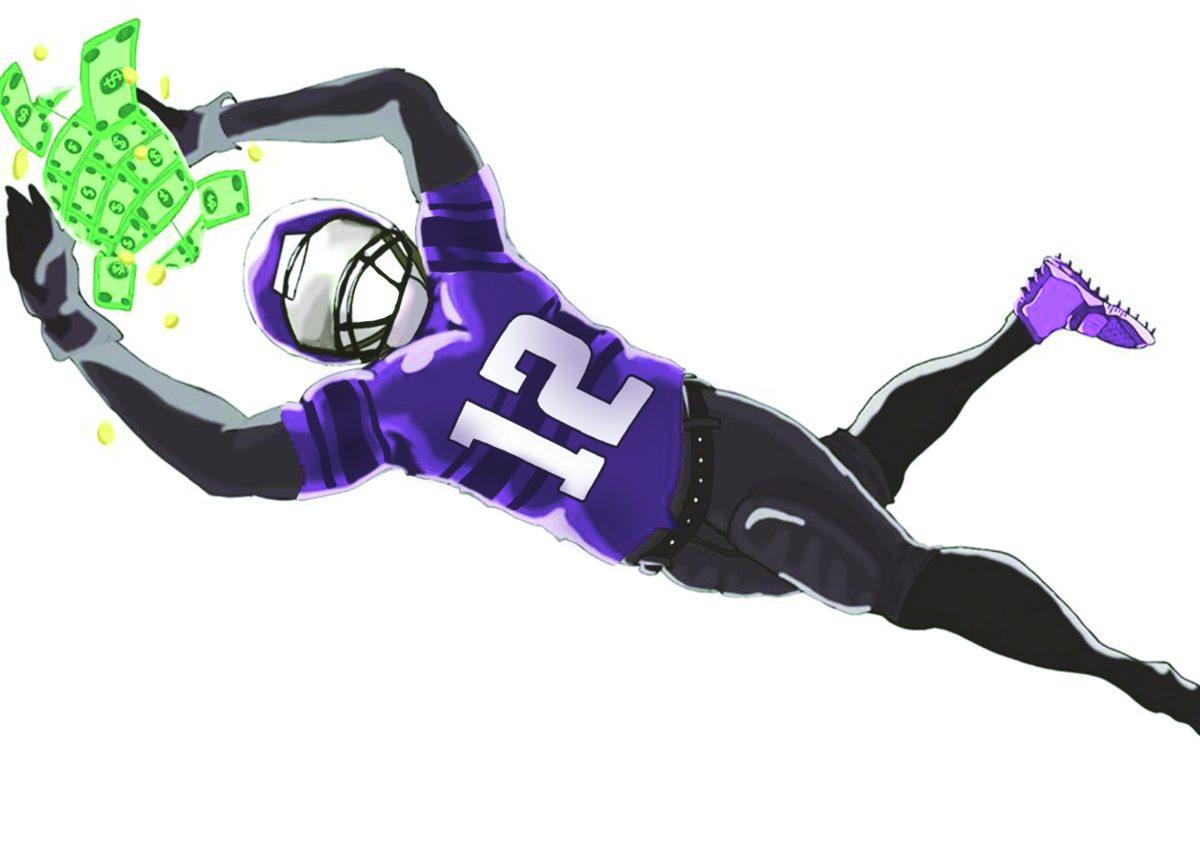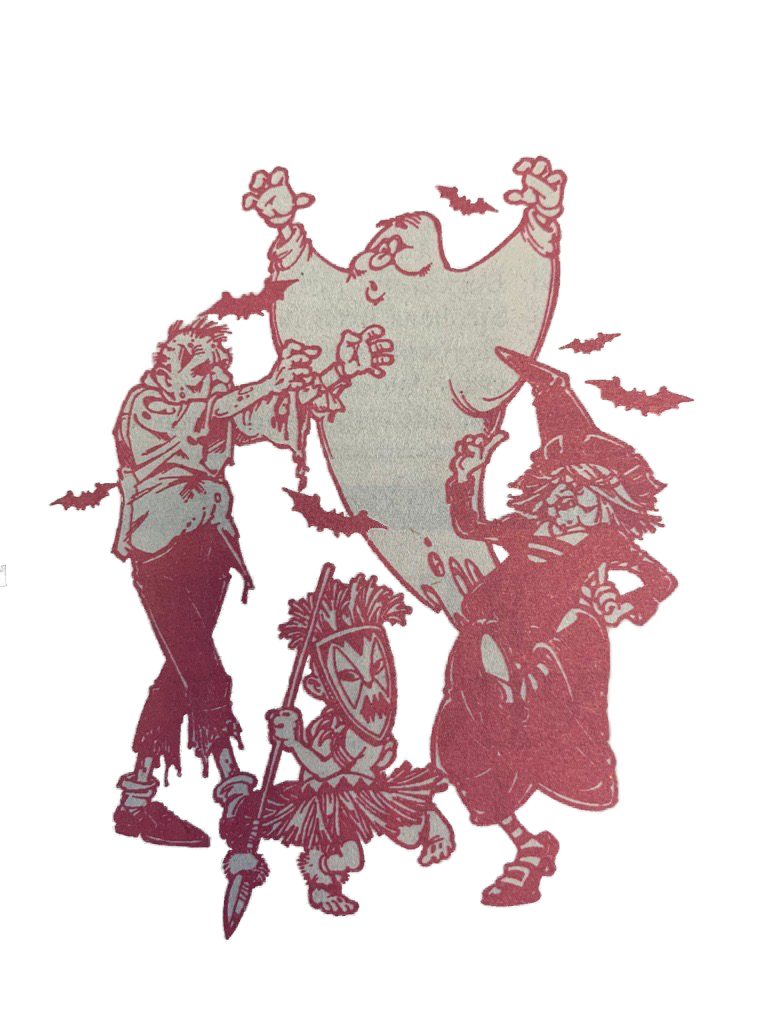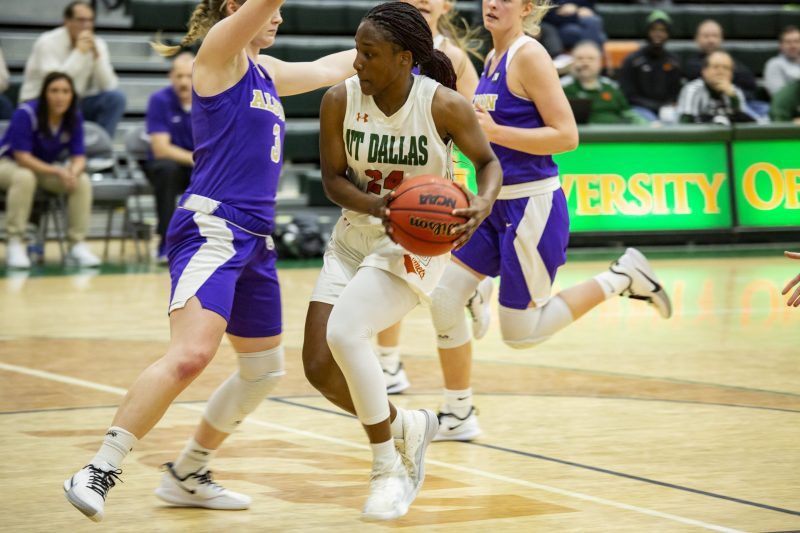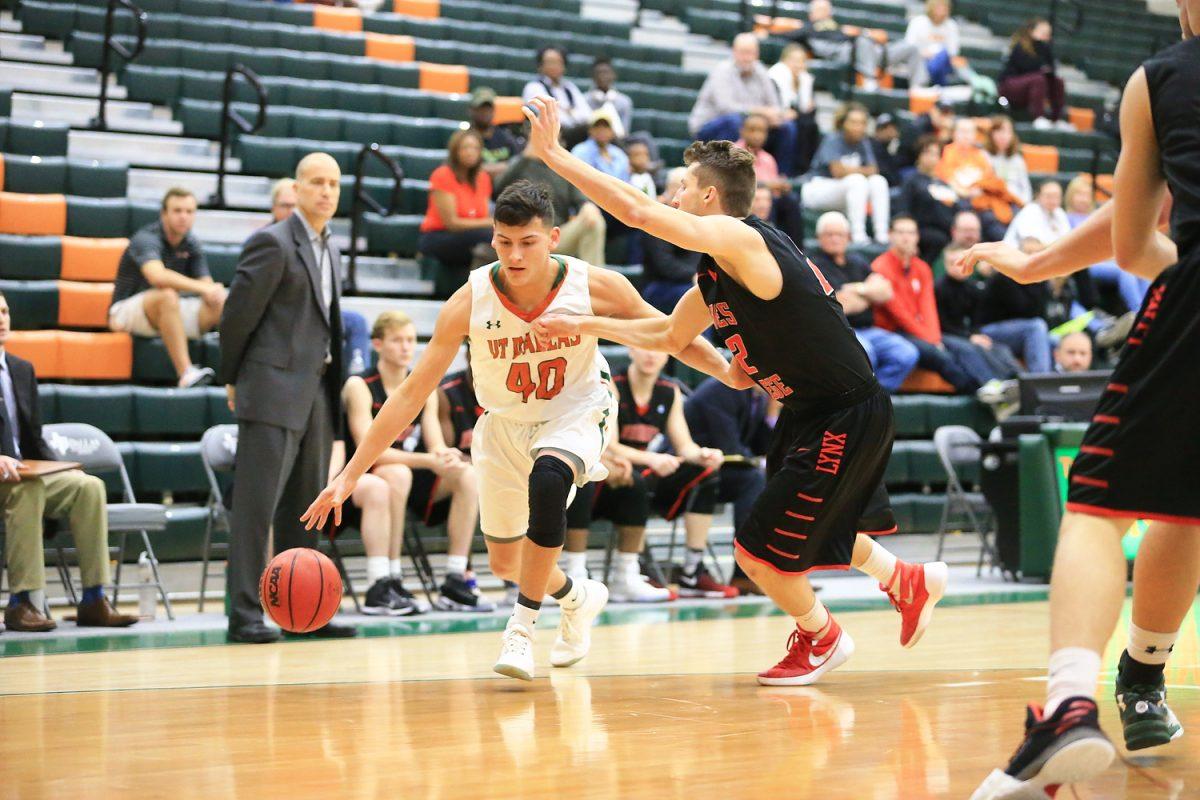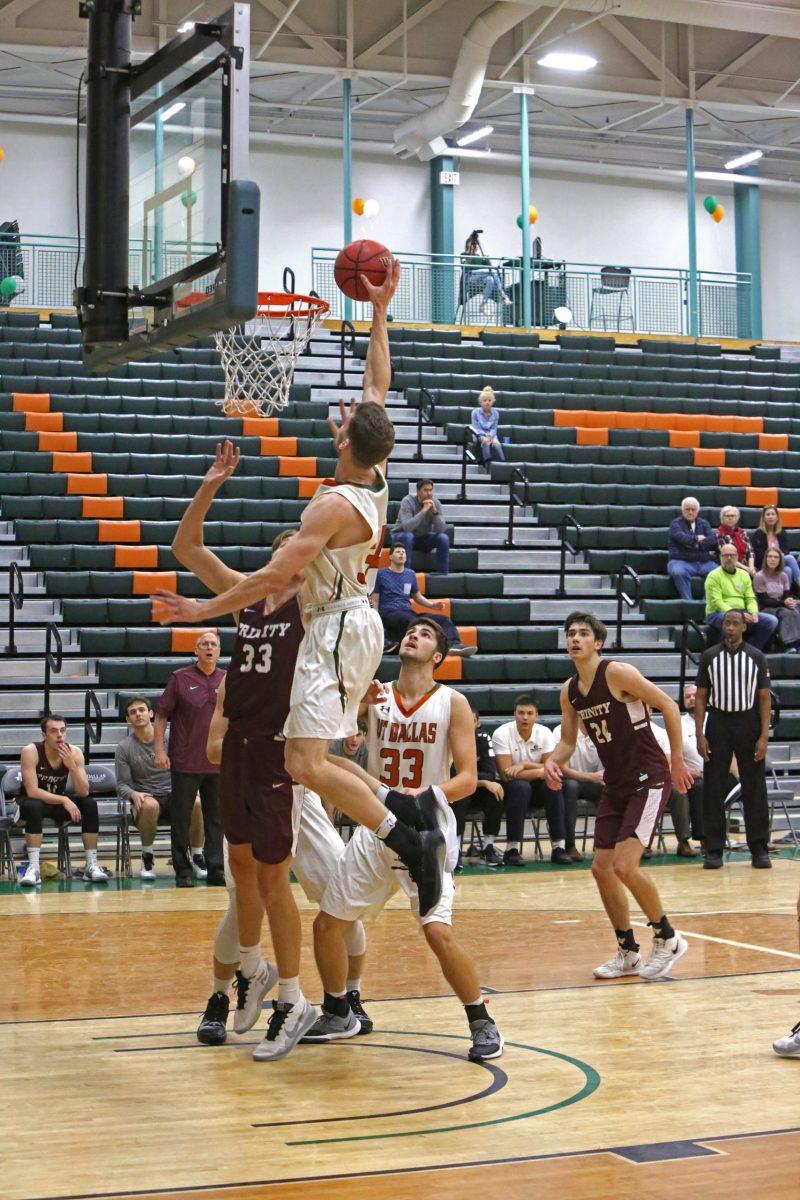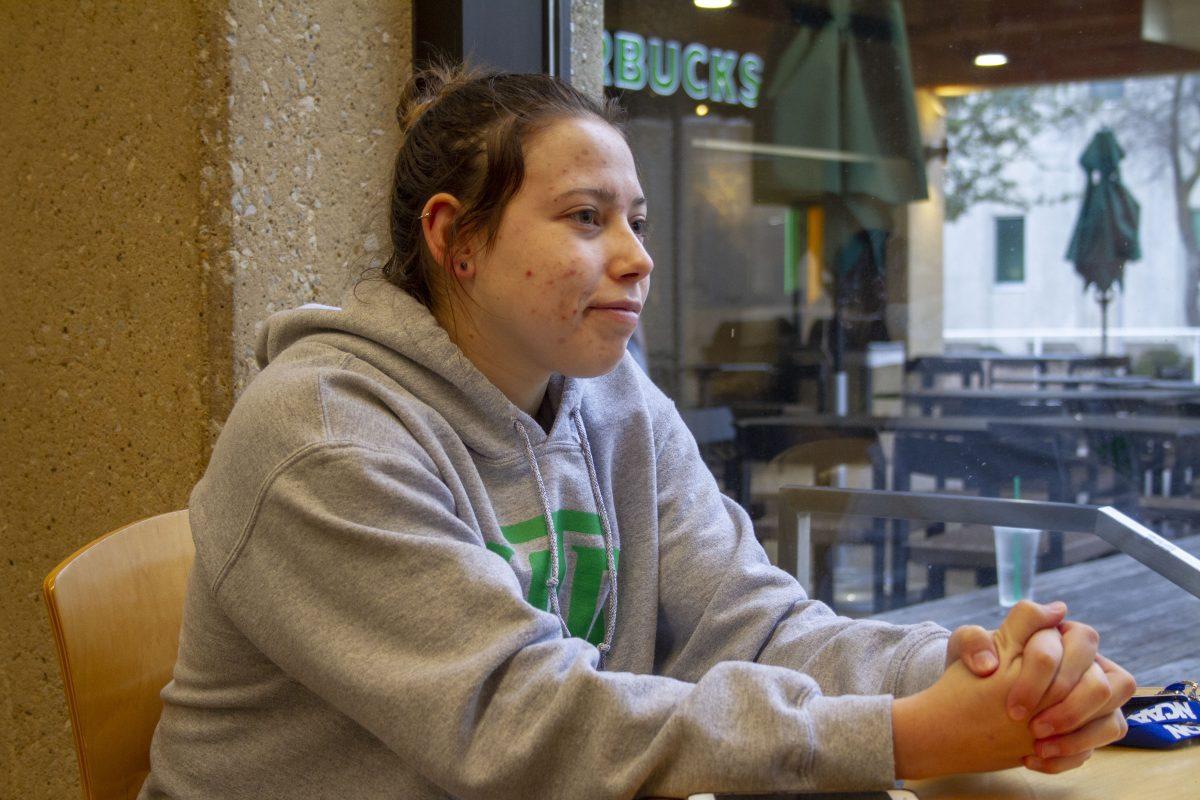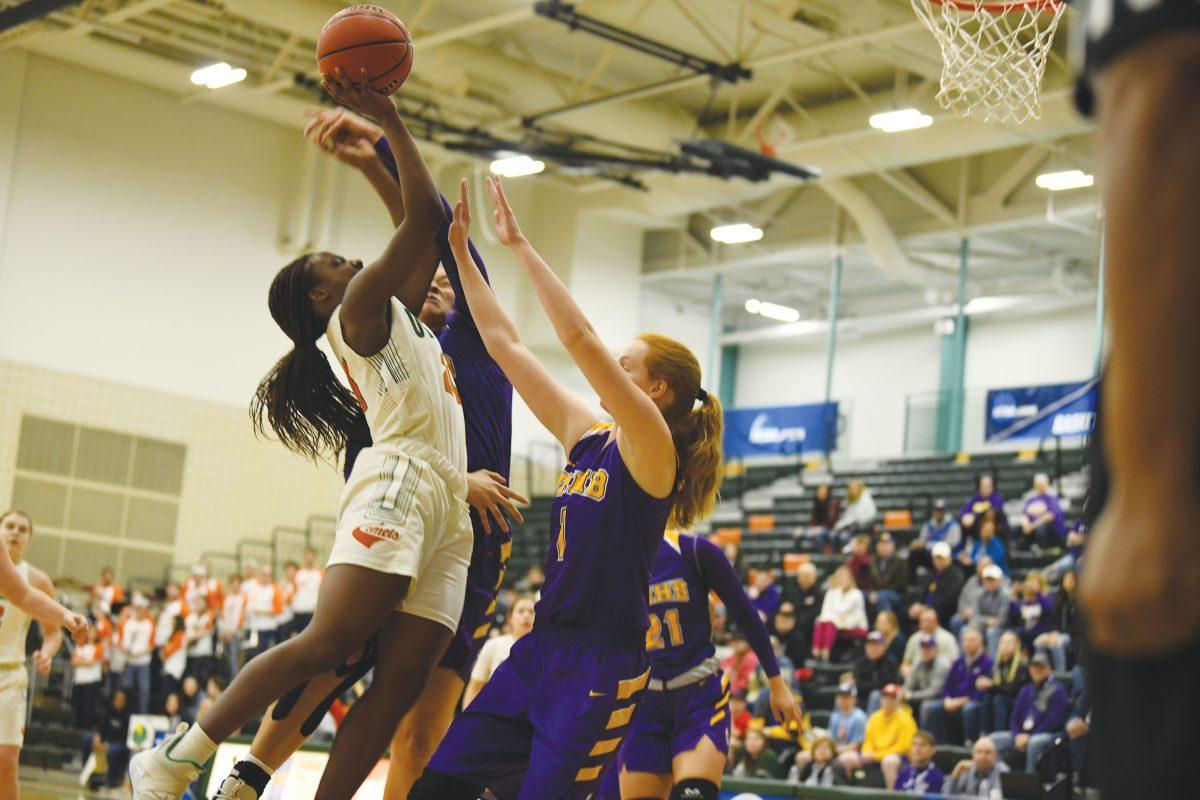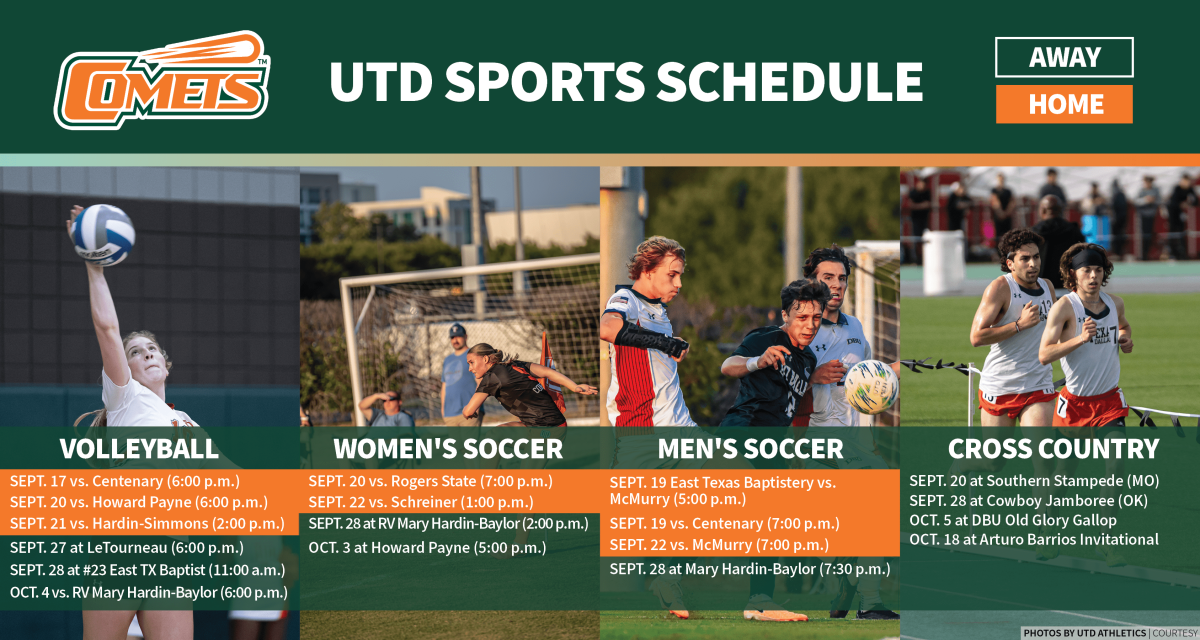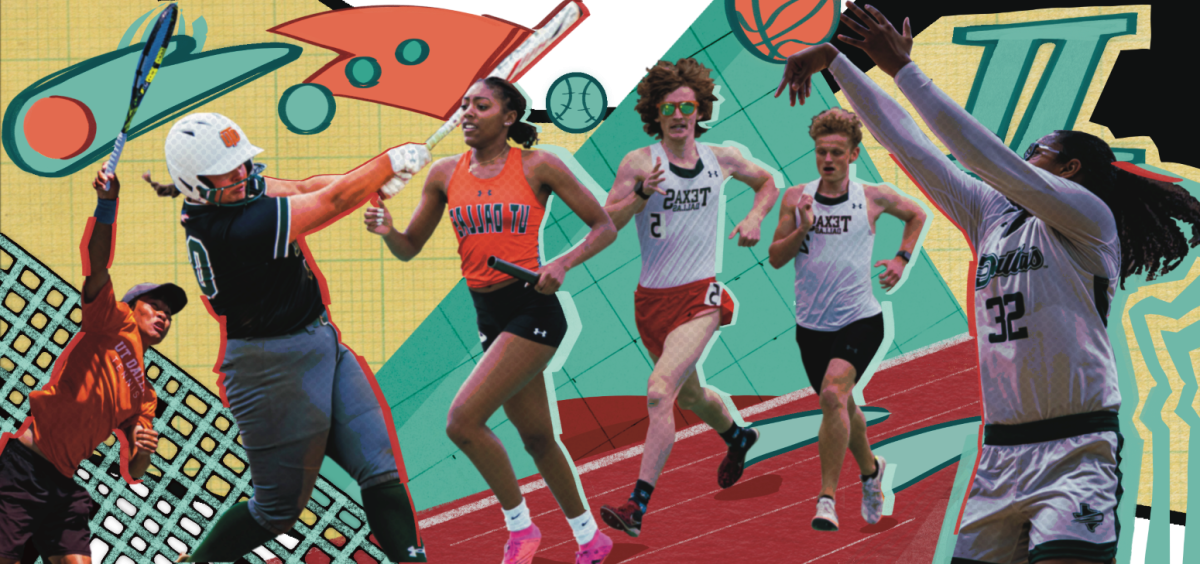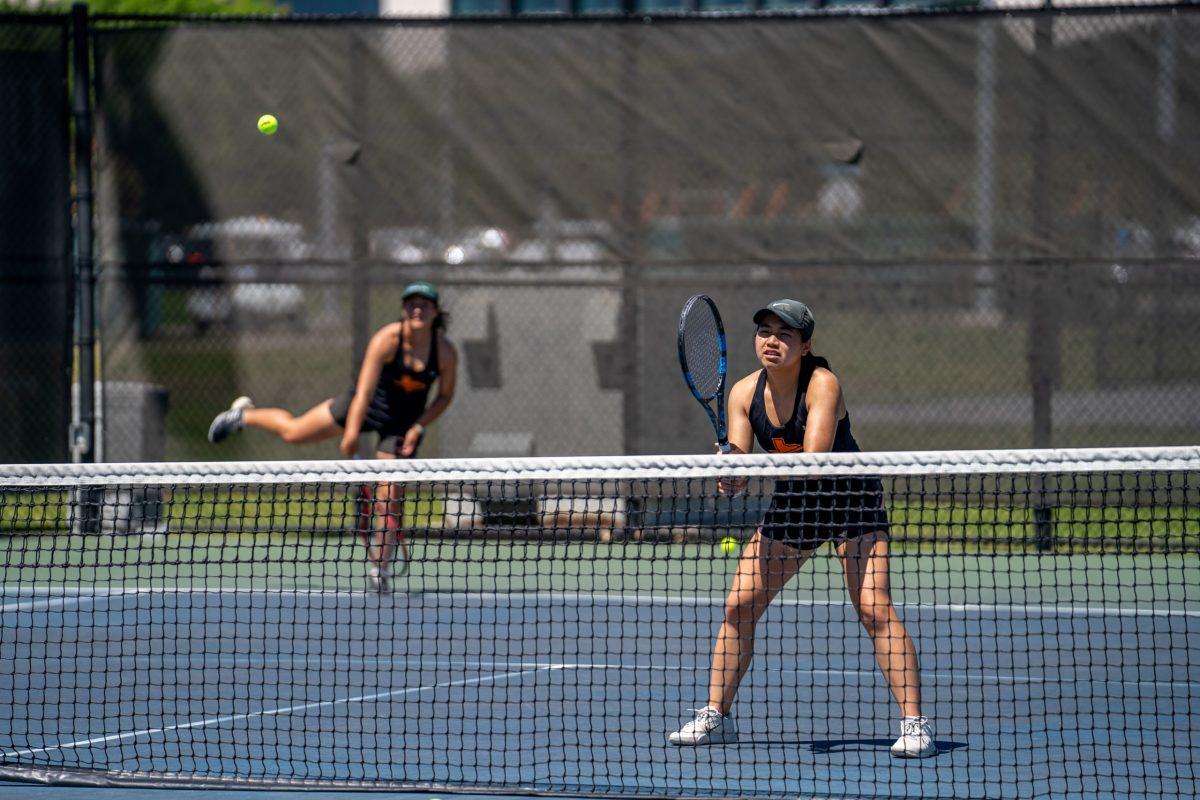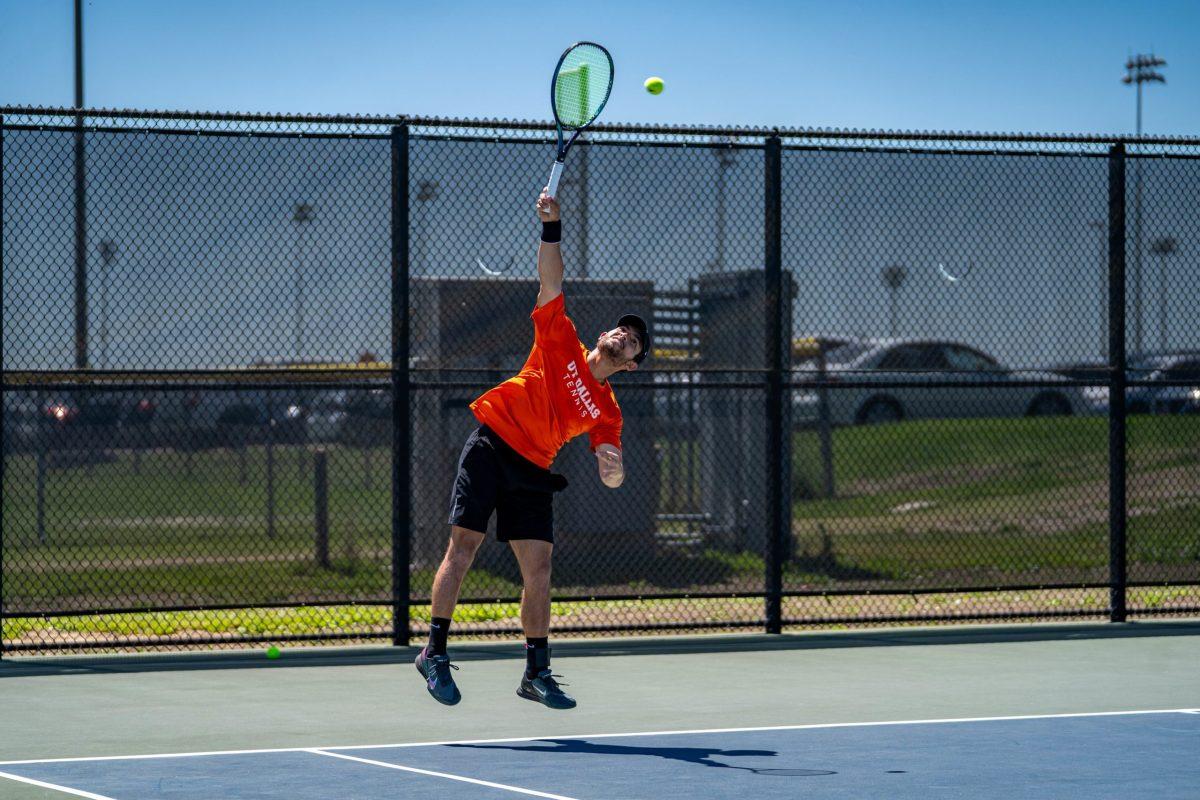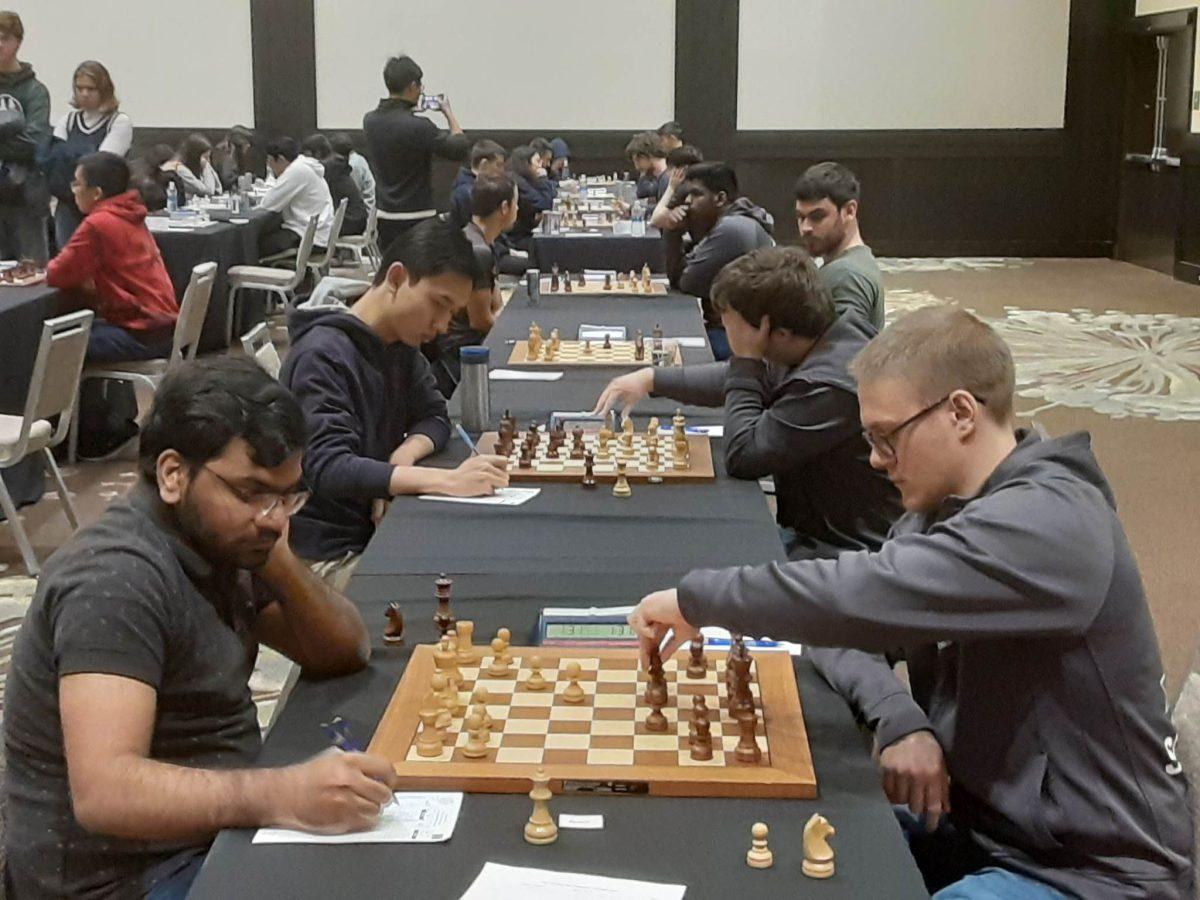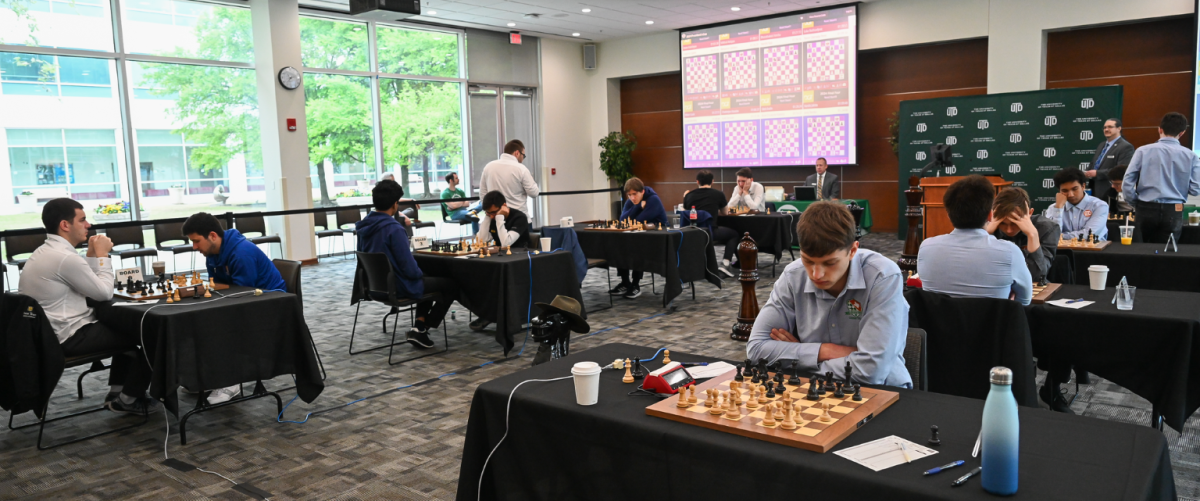Student-athletes should be treated as university employees, must receive pay, health benefits
A blow has finally been struck in the fight for the rights of student-athletes against the NCAA.
On March 25, after players led by former quarterback Kain Colter petitioned to unionize, the National Labor Relations Board, or NLRB, director for Region 13 ruled that all football players who are still eligible to play at Northwestern University in Evanston, Ill., are legally employees of the school. It’s a decision that has taken far too long to make.
The ruling states that the players are entitled to the same benefits as other members of the faculty and staff, including the ability to unionize and collectively bargain. The NLRB, which only has jurisdiction over private institutions, cannot make the same ruling at public universities. The NLRB can make the ruling at other private institutions like Stanford or Duke, but only if players there make a similar petition.
The NLRB’s decision is the first time that a legal body has ever recognized student-athletes as something more than mere amateurs. While still a long way from paying athletes for their performance on the fields and courts, the ruling is the first step in the long-overdue process of compensating student-athletes, at least at the Division I level.
College athletics brought in $16 billion in television contracts last year, according to Bloomberg. When student-athletes are not allowed to see a single cent of that money, they stop simply being athletes. A more proper term would be indentured servants.
To be fair, athletes at Division I schools do get scholarships, which some may see as a form of compensation. Those scholarships, however, are not payments that the athletes are receiving, but rather expenditures that they don’t have to pay for later.
Those scholarships also don’t cover the large medical bills that many of these athletes, especially football players, incur after their playing days are over. According to a report done by the Bleacher Report last year, the NCAA does not have to cover athletes for medical expenses they acquired while playing once they are no longer enrolled or under scholarship. That means once players take off their uniforms for good, schools are no longer responsible for injuries that they received while playing for them.
Most universities do cover their former athletes up to a certain point, but this is done on a school-to-school basis. The fact that schools have the option to turn a blind eye to the athletes who sacrificed their bodies to them so they could sell out stadiums once the athletes’ playing days are over is an ethical crime. Yet, the NCAA still does not have an across-the-board insurance policy to cover former student-athletes. What makes this worse is the fact that athletes’ scholarships are renewed on a yearly basis based on their athletic performance. So if players get hurt and are left with serious injuries, then they can say goodbye to their scholarships and say hello to a healthy dose of medical bills. With no money from their days of playing to help with visits to the doctor, players who are injured may be looking poverty straight in the face.
Another payoff that some may see as making up for athletes not getting paid in college is the chance of players getting seen by professional scouts and making it to the “big time.” Unfortunately, even the exposure that major college athletics brings doesn’t guarantee a career as a professional. According to a report done by the NCAA in 2012, out of the 67,887 collegiate football players that year, only 255, or 1.7 percent, were drafted to play professionally.
According to the official NLRB ruling, a major factor that went into its decision was the fact that the players spent a substantial amount of time, often 40 to 50 hours a week, working for the football team through practices, travel and other responsibilities. Official NCAA rules state that players are only supposed to work 20 hours a week on sports-related activities during a season. Professionals don’t work similar, overtime hours and fail to see an increase in their bank balance, so why should college athletes?
The NCAA has cowered for years behind the façade of amateur athletics at the college level, but that mask has been transparent for decades. When schools are building multimillion-dollar athletic facilities on campus and signing head coaches for multi-year contracts that put most university presidents to shame, amateurism goes out the door.
The bitter truth is that college athletes aren’t amateurs, and they haven’t been for years. Whether it’s SMU paying its football players under the table in the ’80s or Reggie Bush receiving improper benefits at the University of Southern California for his play and later being forced to return his Heisman trophy, college athletes have been finding loopholes in the system for decades.
If the NCAA continues to stubbornly pursue its agenda of keeping money from the athletes who actually create what the NCAA sells, then players will seek other means of compensation. That means athletes will continue to look for improper, often illegal, benefits from boosters and alumni who want to ensure a great performance for their school on the field.
The concept of a student-athlete sadly does not exist anymore at most Division I schools. Athletes go there for one thing and one thing only: to play sports.
“You fulfill the football requirement, and if you can, you fit in academics,” Colter said as part of his official testimony to the NLRB.
To find a true student-athlete, one must look to the lower levels of college athletics, specifically Division III, which comprises 40 percent of the NCAA. At that level, athletes are not rewarded scholarships to play for their schools. They truly play because they want to be there. And while there are undoubtedly some who abuse the system and allow athletes to attend school based on athletic merits alone, the standard of having high expectations in the classroom and on the field holds true for most Division III athletes.
While it would be great to pay athletes like UTD basketball player Kyle Schleigh, who has been named to the All-American team twice, Division III athletics simply doesn’t bring in that kind of money. That excuse doesn’t exist for Division I schools. The money is there, and the NCAA and its member schools are simply holding it back.
The members of the Northwestern football team will vote on whether to unionize on April 25. Northwestern University has, of course, come out against the NLRB’s decision. The university said in a statement, “Unionization and collective bargaining are not the appropriate methods to address the concerns raised by the students.”
Unfortunately, the ruling brings up more questions than answers. If players do eventually get paid, will they be paid by the school, by sponsors like Nike and Adidas, by television broadcasters or by a combination of all of them? Will sports that don’t produce revenue like softball and golf get a share of the pie? Will star athletes on teams get higher pay than other team members? All of these are issues to be addressed, but at least they’re questions that involve getting athletes paid.
Paying people for their work should never be a bad thing. For some reason it still seems that getting paid in college athletics has a negative connotation — at least if you’re an athlete. If you’re a coach or administrator, however, the money is for the taking. Division I players are still bound by the antiquated norms of being student-athletes. That needs to change. They are employees of their schools and should be treated as such. The solutions are as complicated and varied as teams’ playbooks, but the simple fact remains: Schools need to stop holding back and pay their athletes.

